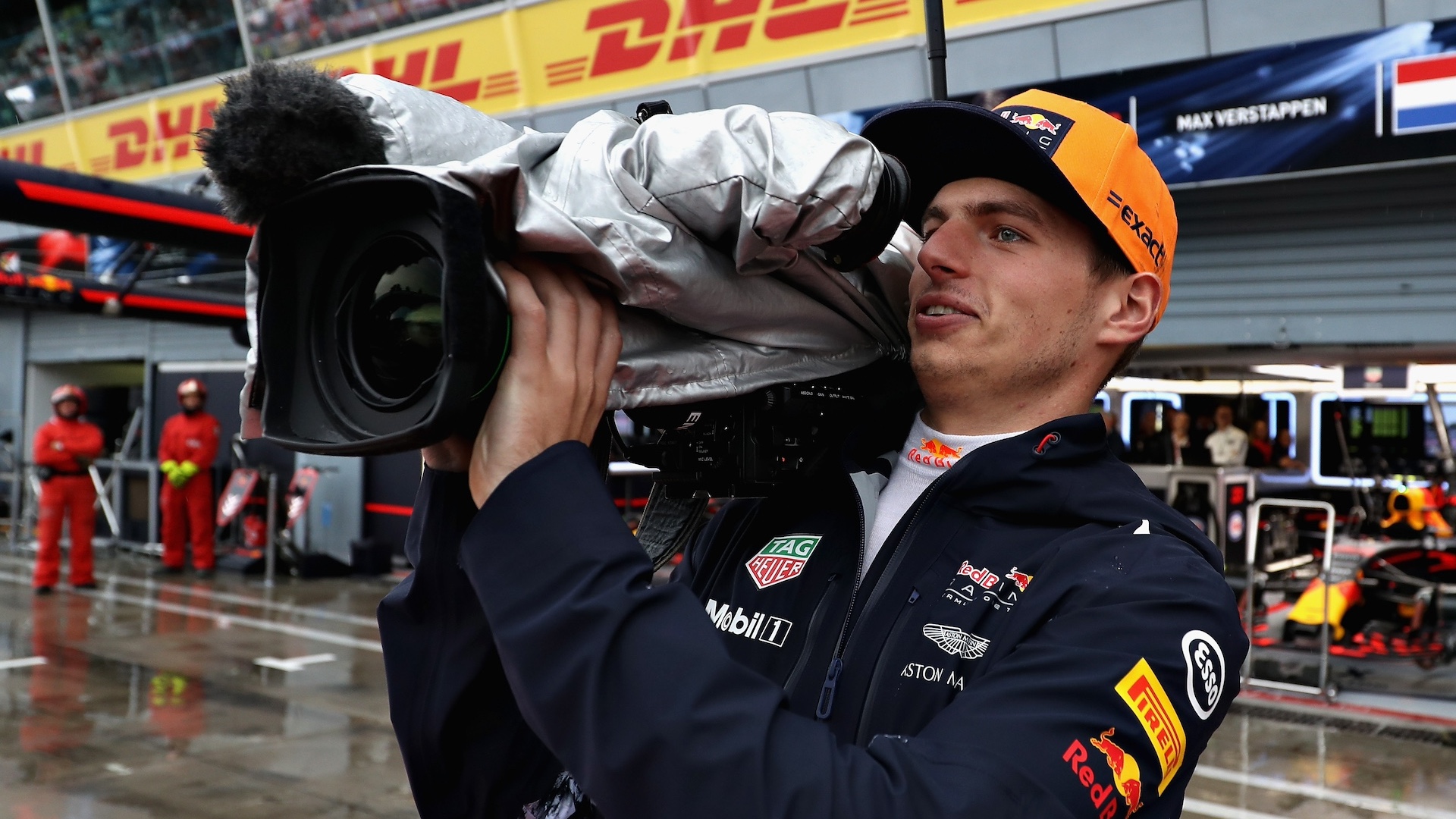

It’s hard to imagine better Formula 1 TV coverage than what we already get—or, at least it is for me. I began watching the sport 30-plus years ago in a foreign country where every race was broadcast for free, but somehow never on the same channel or by the same network. Once in the U.S., things got more complicated as F1 was only broadcasted by Speedvision, which meant forking out monthly money for cable TV and then paying for a special sports package in addition to the basic lineup. Watching Speedvision turned into watching Speed, then NBC Sports, then ESPN, and most recently there’s also F1 TV. Nowadays, all I have to do is reach into my pocket for my iPhone and I can watch F1 anytime, anywhere. Still, F1 believes the experience can be improved.
F1 and its official broadcast partner, Tata Communications, are currently looking to upgrade their services to millions of fans who watch F1 around the world—whether it be via TV or streaming. In an in-depth interview with Motorsport.com, Tata’s Vice President and Global Head of Media and Entertainment Dhaval Ponda explained what lies ahead for one of the most-watched sports in the world.

For starters, there’s 8K definition. I often re-watch F1 races from the ’80s and ’90s with my son and he complains that things are so grainy he can’t even make out what’s what. I may shake my head but it’s true, especially for folks who have only been watching F1 for a few years. HD and 4K show so much detail, whether on the cars, tires, or even the tracks, that it’s hard to imagine it getting any better. But as Ponda told Motorsport.com, it’s all about the youths and their expectations.
“What happened gradually over the last couple of years is audiences globally, in almost every single part of the world, have got used to having content in 4K. And for the young generation this is where the bar is now set,” said Ponda. “And it will definitely happen because, for the current generation that has got used to 4K, for them, 8K will really offer a finer detail and a higher level of quality.”
I remember when F1 first turned up in HD, and later on in 4K, and I get what Ponda is saying here. Once an audience gets accustomed to a high-quality product, it will demand the same or better as time goes on. Personally, I watch F1 exclusively via F1 TV as I find it to be the easiest and most cost-effective way to do so, and I’ve never had any complaints about picture quality. The app’s maiden season was definitely a shit show, but it seriously improved in its sophomore year.

Ponda also references “the young generation,” and rightly so. Like most legacy sports, F1 has spent the last six years trying to bring in younger viewers to make sure that it doesn’t age out along with its gray-haired diehard fans. A strong social media presence and, of course, a little-known Netflix series called Formula 1: Drive to Survive have proven to be exceptional tools.
“And when we went from Full HD to 4K, I think it was visibly better quality, as you have more depth and more detail,” Ponda explained. “Similarly for 8K, it will capture so much more raw detail that it will be stunning. If you look at a shot of an ocean racing competition in 8K, it is sublime.”
While 8K definition may allow us to see the tiny shreds of rubber coming off a tire or the beads of sweat rolling off a driver’s brow behind their visor, improved broadcasting technology doesn’t stop at providing a better picture. It also applies to timeliness.

According to Motorsport.com, trackside fans watching the jumbotrons experience a latency of 1.5 seconds. This means that there’s a 1.5-second delay between an F1 car flying past them and the image that’s shown on the large screens. For fans at home, however, that delay stretches out to six and seven seconds. It may not sound like much, but if you think about it, that’s like three Red Bull pit stops, or one Ferrari pit stop.
“Our investment has always been on how can we shave off that extra second, half a second or even milliseconds of live content that is going across thousands of miles,” said Ponda. “Reducing the lag involves a host of things. It is across working with better hardware and improving the processing power of computers.
“We are looking at a scenario—and this is in the near future—in which we bring the lag down sufficiently enough where, if you were to stand next to a sports venue, you would see an event like a goal or somebody crossing the finish line happening on your screen, almost at the same time as you hear the crowd’s response coming from the venue.”
Ponda also talked about the massively complex task of synchronizing data with the images and sounds being broadcast into millions of homes. Y’know, to make sure there are no more Last Name vs. Last Name moments.
“So we have worked with some of the leading digital players in order to deliver a synchronized experience, as we call it, where regardless of the screen—you could be at a venue looking at a trackside screen, a digital screen, and a primary screen at the same time—they would all be in sync,” said Ponda. “The technology does exist today in order to deliver that experience. And I think this will be the way forward, so people will be able to have synchronized video consumption across various screens.”
No timelines were given for any of these upgrades, but all I can say is that I really look forward to them. I’ve made it this long without all this, so what’s another year or two?
Got a tip? Email us at tips@thedrive.com